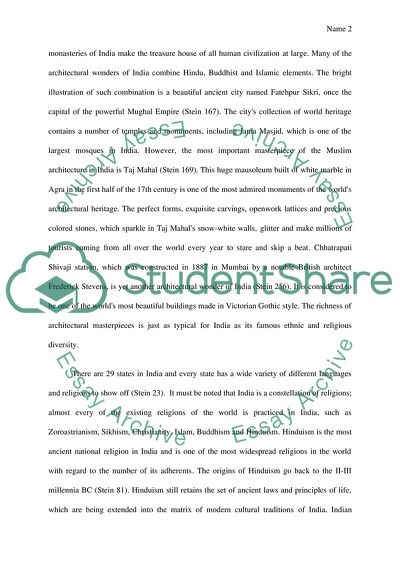Cite this document
(Dance Culture in India Essay Example | Topics and Well Written Essays - 1750 words, n.d.)
Dance Culture in India Essay Example | Topics and Well Written Essays - 1750 words. https://studentshare.org/performing-arts/1876866-dance-culture-in-india
Dance Culture in India Essay Example | Topics and Well Written Essays - 1750 words. https://studentshare.org/performing-arts/1876866-dance-culture-in-india
(Dance Culture in India Essay Example | Topics and Well Written Essays - 1750 Words)
Dance Culture in India Essay Example | Topics and Well Written Essays - 1750 Words. https://studentshare.org/performing-arts/1876866-dance-culture-in-india.
Dance Culture in India Essay Example | Topics and Well Written Essays - 1750 Words. https://studentshare.org/performing-arts/1876866-dance-culture-in-india.
“Dance Culture in India Essay Example | Topics and Well Written Essays - 1750 Words”. https://studentshare.org/performing-arts/1876866-dance-culture-in-india.


